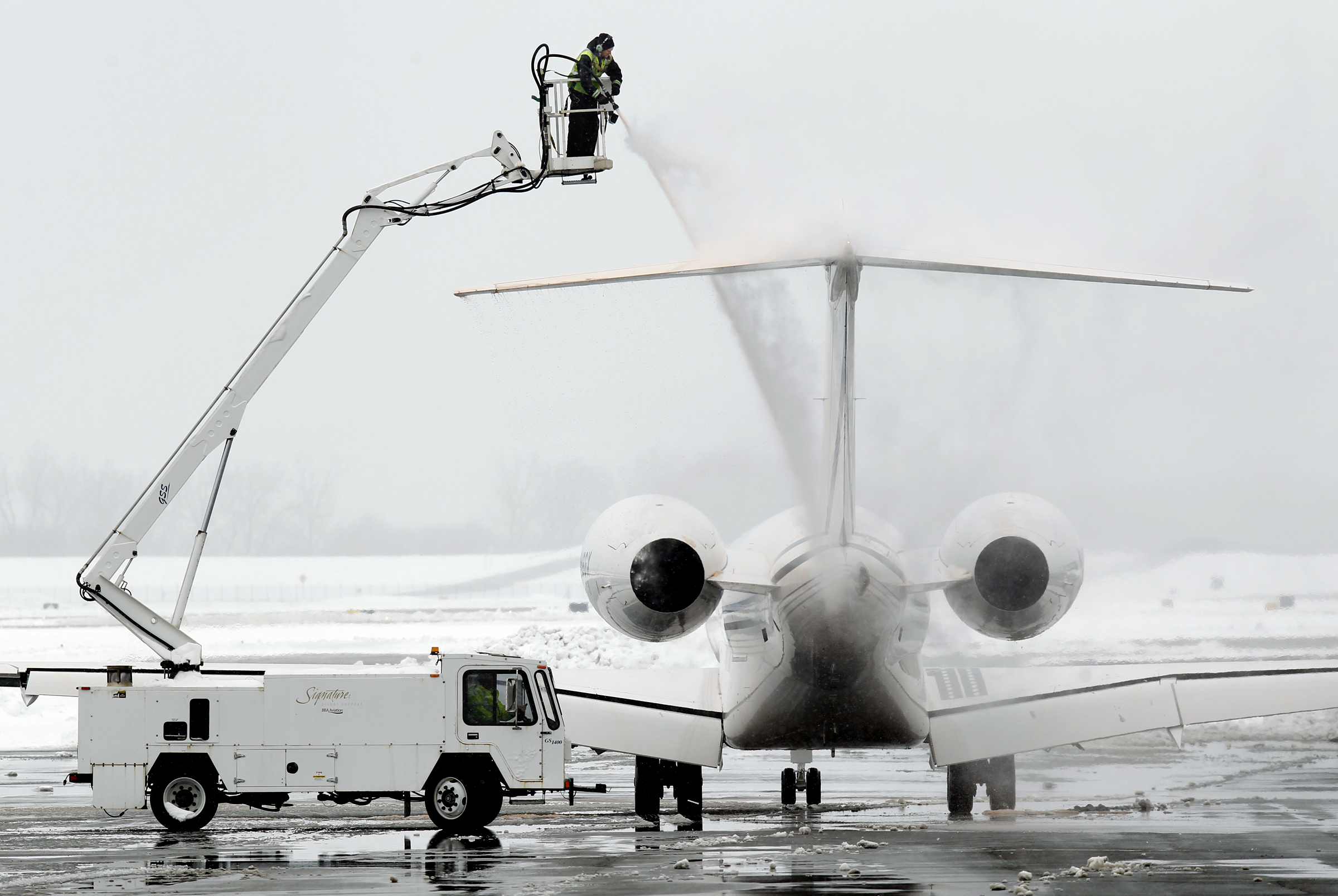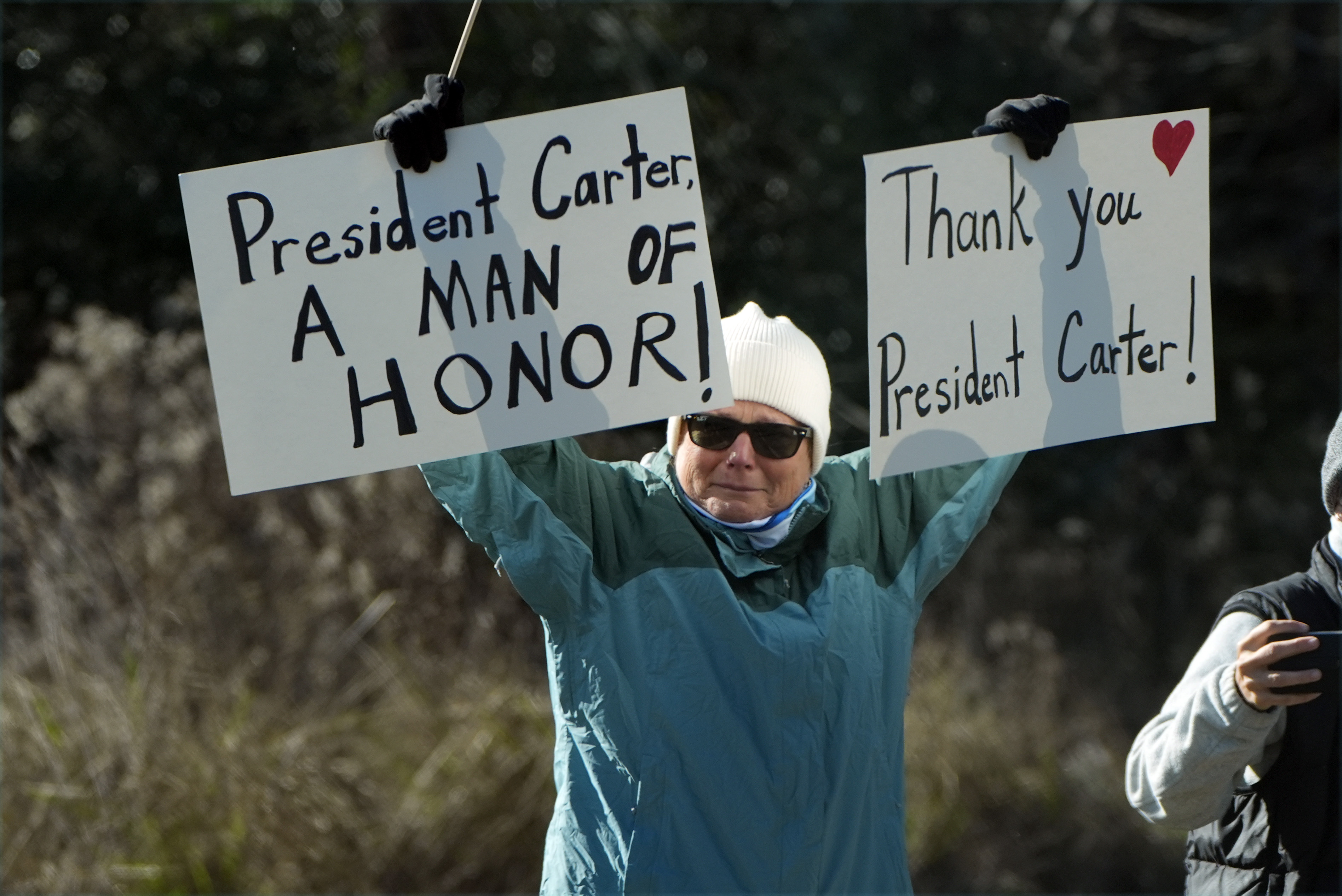Skywatchers in the Northern Hemisphere are gearing up for one of the most spectacular celestial displays of the year tonight—the Quadrantid meteor shower.
The meteor shower has a brief but powerful peak, known for producing hundreds of meteors per hour.
Catching this show can be a little more tricky than other, longer meteor showers.
But even if you miss the peak, meteors from this stream should still be visible until January 16, according to the American Meteor Shower.

When Is the Quadrantid Meteor Shower?
The Quadrantid meteor shower is active from late December through January 16, 2025, but its peak is incredibly brief.
This year, the shower's pinnacle is expected to occur on the night of January 2 through the early hours of January 3, with the absolute peak predicted for 12:45 p.m. ET on January 3.
While the timing may favor viewers in the Pacific and Hawaii under the cover of darkness, meteors will still be visible throughout the night until dawn.
At its peak, the shower could produce up to 200 meteors per hour under perfect conditions.
Is the Quadrantid Meteor Shower Difficult To See?
Unlike other major meteor showers, the Quadrantids are a bit elusive due to their short-lived peak—lasting only a few hours.
The shower's narrow particle stream and the Earth's perpendicular crossing angle result in this compressed window of activity.
"The stream of dust that we are ploughing through for the Quadrantids is unusually narrow, and so it only takes around three hours for the Earth to plough through the entire stream," Darren Baskill, a physics and astronomy lecturer at the University of Sussex, told Newsweek.
For the best chance to see them, it's essential to plan ahead, stay patient and watch for at least an hour to avoid missing the bursts of activity that can be interspersed with lulls.
The Quadrantids meteor shower will have its most vibrant display tonight into early Friday morning, with meteors emanating from the northeast in the direction of the Big Dipper. Partly to mostly cloudy skies are expected in our region, and it will become cloudier overnight. pic.twitter.com/1xjTZtBVO9
— NWS Austin/San Antonio (@NWSSanAntonio) January 2, 2025Do You Need Equipment To See the Quadrantid Meteor Shower?
The beauty of meteor showers lies in their accessibility—no telescopes or binoculars are required.
To enjoy the Quadrantids, find a dark location away from city lights. Dress warmly and bring a reclining chair or sleeping bag for comfort.
Lie on your back with your feet facing northeast and take in as much of the sky as possible. Allow at least 30 minutes for your eyes to adjust to the darkness for optimal viewing.
"Because the Quadrantids stream of debris is comprised of fine dust, the meteors are rather faint for this shower," Baskill added.
"That means that you must be somewhere nice and dark, well away from light pollution, to get the best view."
Where in the World Will the Quadrantid Meteor Shower Be Visible?
The Quadrantids are best viewed from the Northern Hemisphere, where the radiant—the point in the sky where meteors appear to originate—is near the constellation Boötes, close to the handle of the Big Dipper.
While meteors can appear anywhere in the sky, focusing on the northeastern quadrant during the pre-dawn hours will maximize your chances of spotting these dazzling streaks of light.
This year's predictions also favor the Pacific region, including Alaska and Hawaii, for optimal viewing conditions during the peak.
Clear skies are essential, so keep an eye on your local weather forecast to check whether cloud cover is expected.

Do you have a tip on a science story that Newsweek should be covering? Do you have a question about meteor showers? Let us know via science@newsweek.com.



















:quality(85):upscale()/2024/04/24/878/n/3019466/36c5693c662965c5d1ce91.72473705_.jpg)
 English (US) ·
English (US) ·